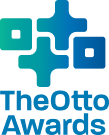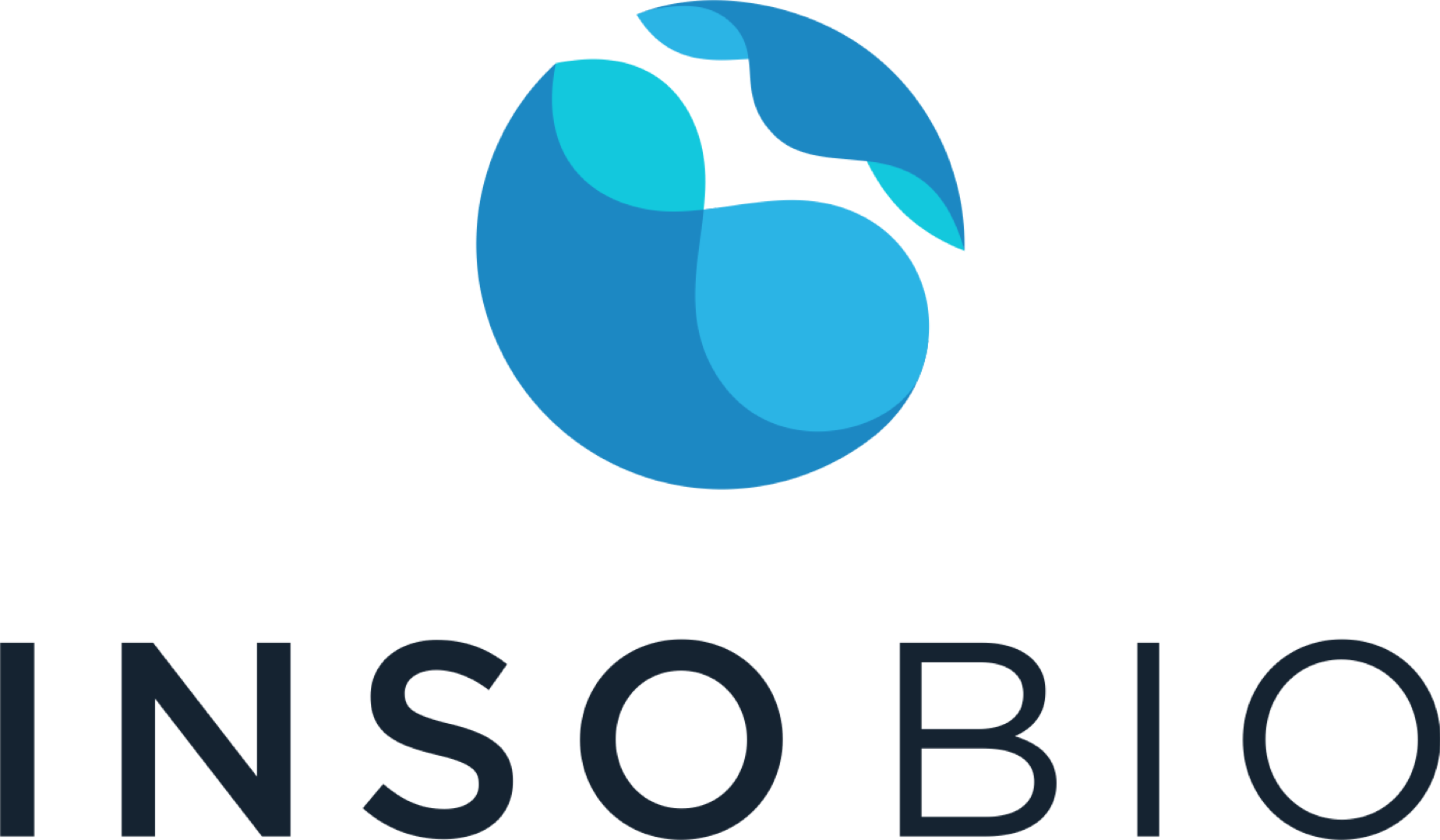Harvey Tian is a classic biotechnology researcher—smart, detailed, and deeply dedicated to his work. But while that profile is a great predictor of lab success, it can make it hard to refocus on the big picture when telling the story of the research to others.
Harvey is the co-founder of Inso Bio, a seed-funded startup at Cornell University. The company has developed proprietary microfluidic hardware that simplifies the process of preparing high molecular weight DNA for long-read sequencing.
<Snore>
When the company closed its $2.2m pre-seed round earlier this year, Harvey wanted to build awareness of the company in order to attract business partners, new hires, and other investors. He also wanted to prepare the story of the company so that it could cross over into the popular press. But the amount of money raised wasn’t impressive by itself, and the description of the company product fell flat with anyone not intimately familiar with the genomic industry—and often, even within the industry.
Harvey knew he had to go back to the drawing board.
Working with his advisors, Harvey surfaced several key storylines that he had either ignored or been reluctant to tout previously:
- The Backstory. His co-founder at Inso is Professor Harold Craighead, who is a bit of a legend in genomic sequencing. Dr. Craighead was a co-founder of Pacific Biosciences (NASDAQ: PACB), now one of the world’s leading genomic sequencing companies. Professional modesty being what it is, Harvey and Harold didn’t necessarily want to trade on this history, but Harvey now realized there was substantial interest in the story of an industry hero returning to found the next big thing.
- The Impact. To Harvey, improving genomic sequencing was obviously an important goal. But why, really, does it matter? How would a world with Inso’s technology be better? It turned out there were a number of answers: Vastly accelerating biodefense applications for the next pandemic after Covid; improving agricultural genomics and abilities for better grain crops for global food security; and quickly identifying the perpetrator of a sexual assault (to combat a 1-2 year long average backlog across the U.S.). Each one of these provided ideas how to present and promote the impact the company can have.
- The missing link. There are 3 components to fast genomic sequencing: 1, you have to isolate and prepare the biological sample for analysis. 2, you have to sequence and read each of the base pairs from the DNA strand. And 3, you have to compare the sequences against massive gene databases in order to figure out what you’re looking at. PacBio revolutionized step 2, and the computer revolution more broadly had revolutionized step 3. What no one had successfully tackled was step 1, the wet sample preparation. When seen from this angle, Inso could be presented as the missing link in the genomic revolution.
With these storylines in place, Inso was able to secure a mention of the seed round followed by a profile article in GenomeWeb, the industry’s leading publication. It also has provided a framework for a new company website (still under development), and several thought leadership articles. It also provides a framework for future PR.
There are several lessons here:
- Every startup, including deep science companies with very niche B2B audiences, can benefit from framing their story in a way which highlights its significance, even for those that don’t understand the details of the tech at all.
- Use whatever “unfair advantage” you have. In Inso’s case, the participation of Dr. Craighead is something to tout, not to be downplayed due to professional or academic modesty.
- Your communication “wins” depend on who you’re trying to reach. In Inso’s case, GenomeWeb was a great place to present the story. Often, founders frequently dream of an article in the New York Times or the Wall Street Journal. While that’s certainly nice (usually), focusing on the target audience you’re trying to reach at your specific phase of growth can often yield smaller media targets that offer much better bang for the buck.
So was it worth it? “Absolutely,” says Harvey. “The GenomeWeb article gave us a wave of inbound interest from across the industry. And the new way of describing the company is reflected in our new pitch deck and the website we’re developing.”

